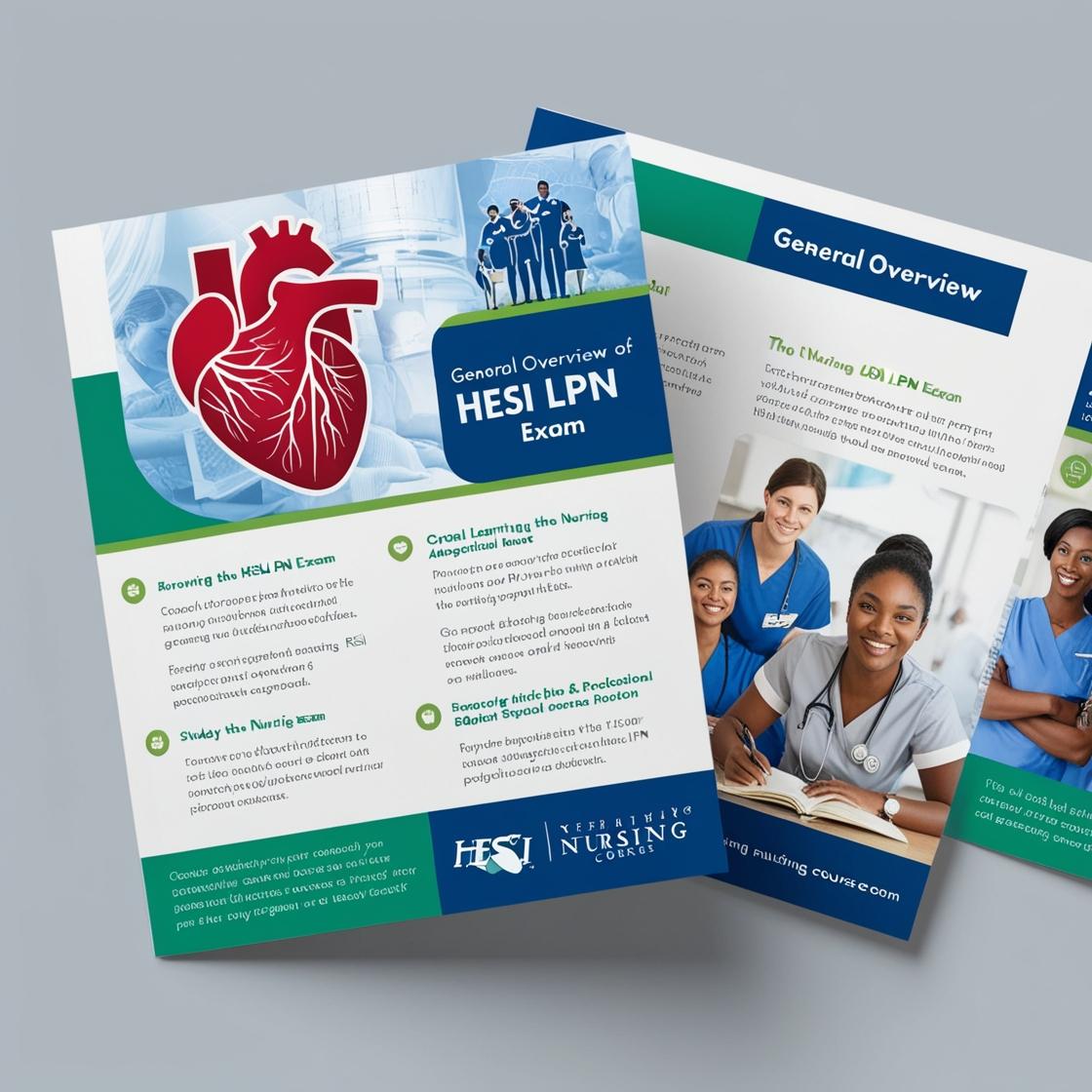HESI LPN
Adult Health 2 Exam 1
1. A client with chronic obstructive pulmonary disease (COPD) is struggling to breathe. What should the nurse do first?
- A. Increase the oxygen flow rate according to the prescription
- B. Encourage the client to perform pursed-lip breathing
- C. Prepare for emergency intubation
- D. Assess the client's oxygen saturation and breath sounds
Correct answer: D
Rationale: The correct first action for a nurse when a client with COPD is struggling to breathe is to assess the client's oxygen saturation and breath sounds. This initial assessment is crucial in determining the severity of the client's condition and the appropriate intervention. Increasing the oxygen flow rate without proper assessment can potentially be harmful, as COPD clients have a risk of retaining carbon dioxide. Encouraging pursed-lip breathing can be beneficial but should come after assessing the client's current status. Emergency intubation is a drastic measure and should only be considered after a comprehensive assessment indicates the need for it.
2. The nurse is caring for a client with acute pancreatitis. Which intervention should be included in the plan of care?
- A. Provide a high-protein diet
- B. Encourage oral fluids
- C. Administer intravenous fluids as prescribed
- D. Monitor for signs of hyperglycemia
Correct answer: C
Rationale: The correct intervention to include in the plan of care for a client with acute pancreatitis is to administer intravenous fluids as prescribed. Intravenous fluids are crucial to maintain hydration and electrolyte balance in clients with acute pancreatitis. Providing a high-protein diet (Choice A) is not recommended initially for clients with acute pancreatitis, as they may need to be kept NPO (nothing by mouth) to rest the pancreas. Encouraging oral fluids (Choice B) may not be appropriate if the client is experiencing severe symptoms and requires intravenous fluids. Monitoring for signs of hyperglycemia (Choice D) is important but not the immediate intervention needed to address the fluid and electrolyte imbalances associated with acute pancreatitis.
3. The nurse is caring for a client with a diagnosis of major depressive disorder who has been prescribed a selective serotonin reuptake inhibitor (SSRI). What is the most important teaching point?
- A. Take the medication with food.
- B. Expect to see improvement within 24 hours.
- C. Avoid drinking grapefruit juice.
- D. Report any thoughts of self-harm immediately.
Correct answer: D
Rationale: The correct answer is D: 'Report any thoughts of self-harm immediately.' Clients prescribed SSRIs should be educated to report any thoughts of self-harm promptly, as these medications can initially increase suicidal ideation. Choice A is incorrect because SSRIs are usually taken on an empty stomach. Choice B is incorrect as it takes several weeks for SSRIs to reach their full effectiveness. Choice C is irrelevant to SSRI therapy.
4. The healthcare provider is assessing a client who has just undergone a thoracentesis. Which finding should be reported immediately?
- A. Diminished breath sounds on the affected side.
- B. Pain at the procedure site.
- C. Blood-tinged sputum.
- D. Shortness of breath.
Correct answer: D
Rationale: Shortness of breath should be reported immediately as it may indicate a pneumothorax, a potential complication of thoracentesis. Diminished breath sounds on the affected side, pain at the procedure site, and blood-tinged sputum are common findings post-thoracentesis and do not necessarily indicate immediate complications like a pneumothorax.
5. How should the nurse assess for cyanosis in a client with dark skin who is in respiratory distress?
- A. Abnormal skin color changes in a client with dark skin cannot be determined
- B. Blanching the soles of the feet in a client with dark skin reveals cyanosis
- C. The lips and mucus membranes of a client with dark skin are dusky in color
- D. Cyanosis in a client with dark skin is seen in the sclera
Correct answer: C
Rationale: Observing the lips and mucous membranes provides a reliable indicator of cyanosis in clients with dark skin tones. Choice A is incorrect because cyanosis can be assessed in clients with dark skin by observing other body areas. Choice B is incorrect as blanching the soles of the feet is not a relevant method for assessing cyanosis. Choice D is incorrect as cyanosis is not typically seen in the sclera in clients with dark skin.
Similar Questions

Access More Features
HESI LPN Basic
$69.99/ 30 days
- 50,000 Questions with answers
- All HESI courses Coverage
- 30 days access @ $69.99
HESI LPN Premium
$149.99/ 90 days
- 50,000 Questions with answers
- All HESI courses Coverage
- 30 days access @ $149.99
